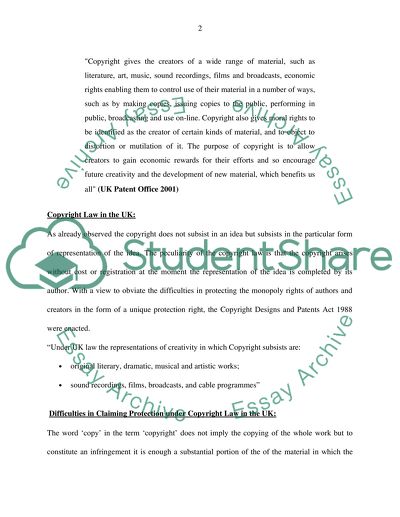Cite this document
(“INTELLECTUAL PROPERTY COURSEWORK ASSIGNMENT Essay”, n.d.)
Retrieved from https://studentshare.org/law/1516742-intellectual-property-coursework-assignment
Retrieved from https://studentshare.org/law/1516742-intellectual-property-coursework-assignment
(INTELLECTUAL PROPERTY COURSEWORK ASSIGNMENT Essay)
https://studentshare.org/law/1516742-intellectual-property-coursework-assignment.
https://studentshare.org/law/1516742-intellectual-property-coursework-assignment.
“INTELLECTUAL PROPERTY COURSEWORK ASSIGNMENT Essay”, n.d. https://studentshare.org/law/1516742-intellectual-property-coursework-assignment.


